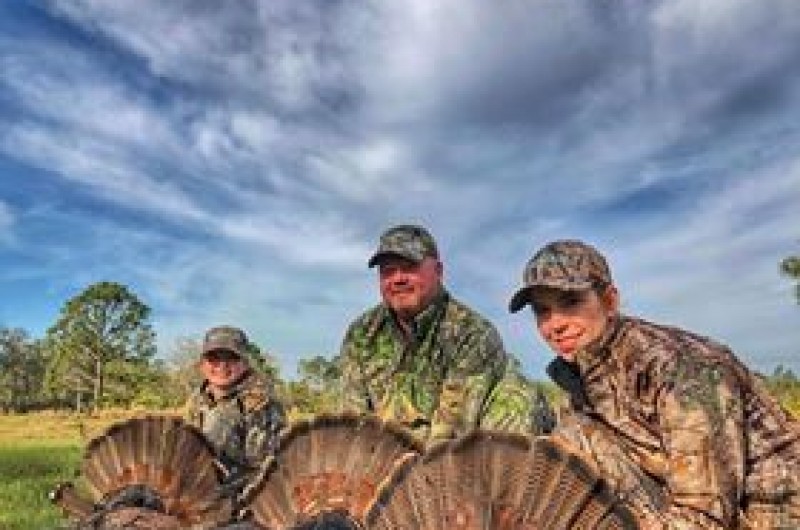
Successful Tricks of Turkey Hunting in the United States
There is excitement in the air as turkey season approaches. Hunters will begin to gobble in the early morning hours as the sun rises, even before the official season. Even months before the season, hearing gobbles makes us excited in anticipation of the upcoming mornings in the turkey woods. But for successful turkey hunting in the United States, you must be aware of a few useful tactics.
Statistics show that most hunters leave during the first week or two of turkey season. The high early-season harvest is due to hunter effort rather than naive birds. Most turkey cock haven’t heard the sounds of a hunter in weeks or months, but they’re still some creatures with a low acceptance for faults. You must bring your game. We spoke with a few of the country’s top turkey experts to get their best advice on catching an early bird.
Every spring, hunters revert to their fluorescent lush greenery and forest, costumed from head to toe. They’re following the flop, and turkey hunting in the United States is as addictive as deer hunting for some. What makes it so pleasurable? Turkey hunting can go either way quickly. It’s both difficult and simple, based on your actions.
The one aspect of turkey hunting that we have grown to appreciate is that it directly tests your ability as an outdoorsman and turkey hunter. Do you have what it takes to take down a long-bearded turkey this turkey season? The following are the top turkey hunting tips that you should know.
Pre-Season Exploration
The turkey chasing desire commences in early February for a few. When you feel it, don’t overlook it; scratch that eagerness. A great way for turkey hunting in the United States is pre-season scouting. During the late winter, you will be looking for the flock earlier in the year. Scout food sources include cut grain fields, mast-bearing hardwood flats, and pastures for droppings, tracks, and scratching.
Using this tactic to locate the flock gives you the general area, but you will focus more on locating gobblers to hunt later in the season. Use your vacation days, weekends, and any free time you have. Use your time off from work on a rainy day to scout.
Roosting
Finding his roost, the night before is the simplest way to kill a gobbler in the spring. Use your pre-season scouting observations in turkey hunting in the United States to zero in on a general area where the turkey might be sleeping. After work, dress casually and head to the forests. Get within hearing range of the bird and pay attention to their flapping wings and light sounds as the birds fly upon their perch during the dark.
Bring out the Hoyt
If you’re looking for new hunting grounds this year, consider bow hunting. Farm owners and landholders are much more likely to agree to allow you to go turkey hunting with your bow or crossbow rather than a gun. This will be a challenge in and of itself. When bow hunting, you’ll almost certainly need a blind to hide the mobility of gearing up for the shot and pulling back. This is the most crucial thing you should consider when going on turkey hunting in the United States.
Calling
The most effective way to kill a big full beard is to use a turkey call. Sweet, alluring sounds excite the very energized, lonely turkey. Learning this talk and sounding like that lonesome creature takes a couple of years of turkey shooting animals. But having the right call can minimize the time.
Decoys
Combining the calls with the real thing, or making them believe it is by using a decoy, is how you bring your target into range. What kind of turkey decoy should you use? While decoys may harvest a nervous, unhelpful bird, a single hen decoy can never go wrong. A single realistic lonesome hen decoy combined with the yelps of a hale, knight, and a gobbler will be impossible to resist.
Wrap Up!
Don’t limit your turkey hunting to just one state, such as going only for turkey hunting in the United States. Each state brings its own set of scenarios, birds, and thrills. Your best bet here is to look into your options.
